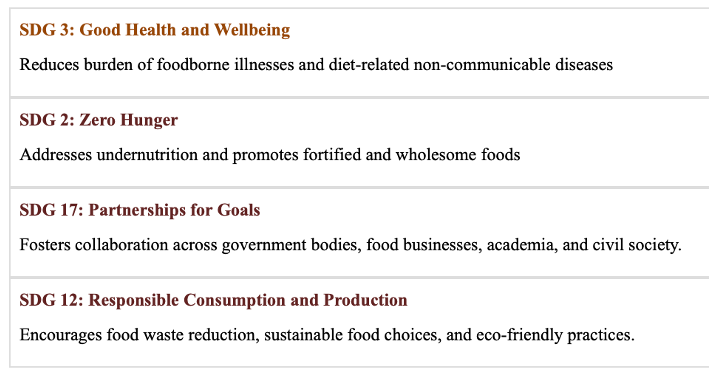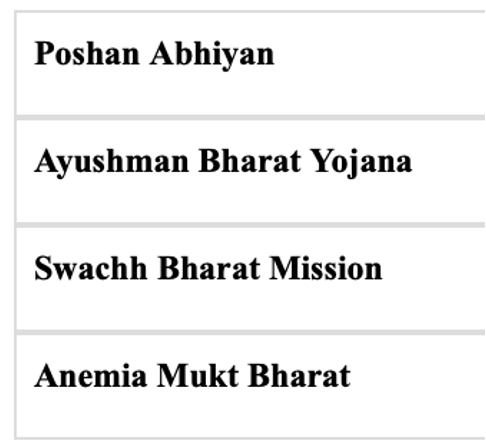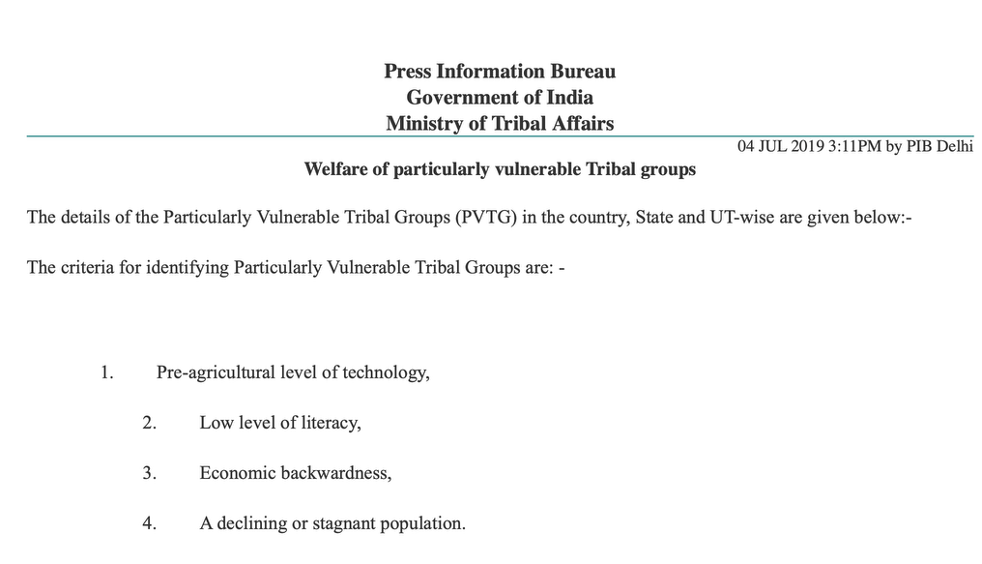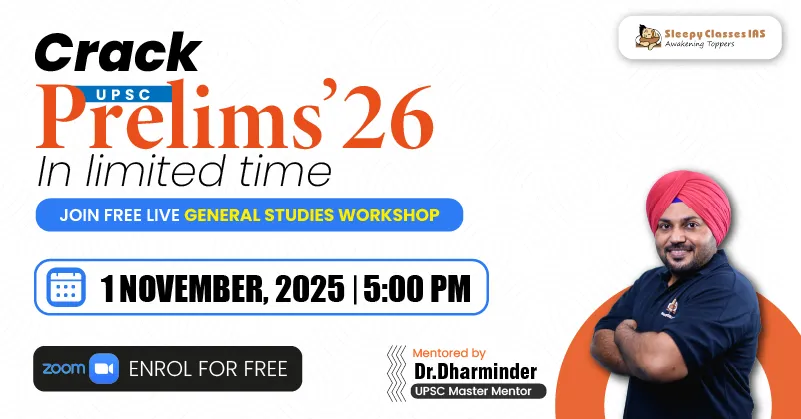Question 1
Environment | Agriculture | Medium | The Hindu
SOURCE
Consider the following:
1. DAP is a water-soluble substance that dissolves quickly in soil.
2. DAP is crucial for root development in a plant.
Which of the statements above is or are correct?
A. 1 only
B. 2 only
C. Both 1 and 2
D. None of the above
Solution & Detailed Explanation
Answer: (C) Both 1 and 2
Detailed Explanation
- Diammonium phosphate (DAP) is a widely used fertilizer that provides plants with essential nutrients, particularly phosphorus and nitrogen. It’s a granular, water-soluble substance that dissolves quickly in soil, releasing phosphate and ammonium for plant uptake. DAP is a popular choice for farmers due to its high phosphorus content, which is crucial for root development and overall plant growth.
- DAP is a concentrated phosphate fertilizer containing approximately 18% nitrogen and 46% phosphorus (P2O5).
- Besides its primary use as a fertilizer, DAP has various industrial applications, including fire retardant properties, metal finishing, and as a fermentation aid.
Question 2
International Relations | Military Exercises | Easy | The Hindu
SOURCE
Consider the following pairs (Military exercises and country/countries)
Dharma Guardian – Maldives
Khanjar – Japan
Ekuverin – Kyrgyzstan
How many pairs are correctly matched?
A. Only one
B. Only two
C. All three
D. None of the above
Solution & Detailed Explanation
Answer: (D) None of the above
Detailed Explanation
- The 6th edition of the India-Japan joint military exercise, Dharma Guardian, concluded successfully on March 9th, 2025, at the East Fuji Training Area in Japan. The exercise, which took place from February 24th to March 9th, focused on counter-terrorism operations in urban terrain and disaster relief drills. It involved company-strength troop deployments from both nations, enhancing interoperability and operational readiness.
- Khanjar-XII is a joint military exercise between the special forces of India and Kyrgyzstan, held annually and alternating between the two countries. The 2025 edition is in Tokmok, Kyrgyzstan, from March 10-23. The exercise focuses on enhancing interoperability, counter-terrorism tactics, and special operations in urban and mountainous terrain.
- Exercise Ekuverin is a joint military exercise between India and the Maldives. It is an annual bilateral exercise, meaning it is held every year and alternates between India and the Maldives. The name “Ekuverin” translates to “Friends” in the Dhivehi language, highlighting the strong ties between the two countries. The exercise focuses on enhancing interoperability and cooperation in counter-terrorism, counter-insurgency, and disaster relief operations.
Question 3
Environment | Agriculture | Medium | The Hindu
SOURCE
Which of the following are not bio stimulants?
A. Alfalfa
B. Chitin
C. Humic and Fulvic acids
D. Seaweed Extracts
Solution & Detailed Explanation
Answer: (A) Alfalfa
Detailed Explanation
- Alfalfa Meal: A plant-based fertilizer made from alfalfa, containing nitrogen, phosphorus, and potassium.
- Bio stimulants are substances that stimulate plant processes to enhance nutrient uptake, stress tolerance, and overall growth. Examples include humic and fulvic acids, seaweed extracts, and beneficial bacteria and fungi. These substances work by triggering the plant’s own mechanisms rather than directly providing nutrients like fertilizers.
Question 4
Environment | Conservation | Medium | Indian Express
SOURCE
Consider the following:
1. National Chambal Sanctuary is home to critically endangered gharial (small crocodiles), the red-crowned roof turtle and the endangered Ganges river dolphin.
2. It was declared a National Sanctuary in 1979 with its total area spanning across the three states of M. P. Rajasthan & U. P.
Which of the statements above is or are correct?
A. 1 only
B. 2 only
C. Both 1 and 2
D. None of the above
Solution & Detailed Explanation
Answer: (C) Both 1 and 2
Detailed Explanation
- National Chambal Sanctuary, also called the National Chambal Gharial Wildlife Sanctuary, is a 5,400 sq. km tri-state protected area in northern India home to critically endangered gharial (small crocodiles), the red-crowned roof turtle and the endangered Ganges river dolphin. Located on the Chambal River near the tri-point of Rajasthan, Madhya Pradesh and Uttar Pradesh, it was first declared as a PAs in Madhya Pradesh in 1978 and now constitutes a long narrow eco-reserve co-administered by the three states. Within the sanctuary the pristine Chambal River cuts through mazes of ravines and hills with many sandy beaches along its banks.
- Deep within the subcontinent lies a land whose many secrets lie still hidden from the human eye in its still largely unexplored terrain. A land is synonymous with harsh terrains and its breathtaking beauty, Chambal. Now uncover the many secrets of the famed land at the Chambal National Sanctuary. Originating in the Vindhyan ranges in M. P. The Chambal River snakes its way through the states of M. P. Rajasthan and U. P. before finally meeting the Yamuna in the Etawah district of U. P. Its rich bio-diversity ensured that it was declared a National Sanctuary in 1979 with its total area spanning across the three states of M. P. Rajasthan & U. P. The last bastion for some of the country’s most endangered wildlife like the Gharial, Mugger, Turtles, Otter and the fresh water Dolphin, the Chambal region also boasts of a wide variety of aquatic and terrestrial birds.
- After rampant poaching and fishing almost wiped out the Gharial population from the country in the 70’s, a captive breeding and reintroduction programme was started. Chambal was chosen as one of the main areas for reintroduction of the species back into the wild. The Chambal Sanctuary in U. P. covers an area of 635 sq. kms.
- Spread over the Agra and Etawah districts, and a total of 290 different species of migratory and resident birds have been identified in the region so far. Winter is the best time to visit the sanctuary. A boat ride in its tranquil waters during this time is an exhilarating experience with spectacular sightings of the big reptiles basking along the 180kms. Sparkling sand stretches in the morning sun. but the main draw of the sanctuary are of course the Flamingos that arrive here in November and stay till May. The Rudy Shelduck also arrives a little earlier in September & stays here till May. The Indian Skimmers have Huge Colonies in the sanctuary and breed prolifically here.
Question 5
Social Issues | Food Safety | Medium | Indian Express
SOURCE
Consider the following:
1. Aflatoxins are poisonous mutagens and carcinogens found on food products.
2. India bears $15–20 billion loss annually due to inadequate food safety standards.
3. Eat Right India confers SDG 3 and 17.
How many statements is or are correct?
A. Only one
B. Only two
C. All three
D. None of the above
Solution & Detailed Explanation
Answer: (C) All three
Detailed Explanation
- Core Concern: Food safety in Indian agriculture is a vital but often neglected issue. Contamination risks are present at every stage—from farm to fork. These include pesticide residues, post-harvest fungal growth, bacterial contamination, and adulteration.
- Major Problems: Heavy pesticide usage (India ranks 4th globally) causes residue accumulation. Poor post-harvest infrastructure leads to aflatoxins and microbial spoilage. Rampant adulteration in milk, spices, and oils. Weak enforcement of the Food Safety and Standards Act (FSSAI).
- Export Rejections: Frequent bans by EU and US. Estimated loss: $15–20 billion annually.
- Seven years ago in July 2018, the Food Safety and Standards Authority of India (FSSAI) launched the Eat Right India initiative.
Eat Right India Complies with the following SDGs and Government Schemes


Question 6
Polity | Schedule 5 and 6 | Medium | The Hindu
SOURCE
Which among the following is not a criteria for identifying a PVTG?
A. A declining or stagnant population
B. Pre-agricultural level of technology
C. Economic backwardness
D. Increasing mortality rate
Solution & Detailed Explanation
Answer: (D) Increasing mortality rate
Detailed Explanation

Question 7
Economy | Direct Tax – GST | Medium | Indian Express
SOURCE
Consider the following:
1. The 12% slab under the GST contributes to about 10-12%.
2. Condensed milk, furniture, nuts, sausages etc., fall under the 12% GST tax slab.
Which of the statements above is or are correct?
A. 1 only
B. 2 only
C. Both 1 and 2
D. None of the above
Solution & Detailed Explanation
Answer: (B) 2 only
Detailed Explanation
- The 12% slab under the GST contributes for about 5-6%.
- The 18% slab under the GST contributes to about 70-75%.
- The 25% slab under the GST contributes to about 13-15%.
- The 5% slab under the GST contributes to about 6-8%.
- 12 per cent slab includes packaged food items such as condensed milk, nuts, dates, sausages, fruit juices; household goods such as cotton, jute handbags, furniture, sewing machines, some textile products, stationery; and medical items such as medical grade oxygen, gauze, bandages, diagnostic kits.







